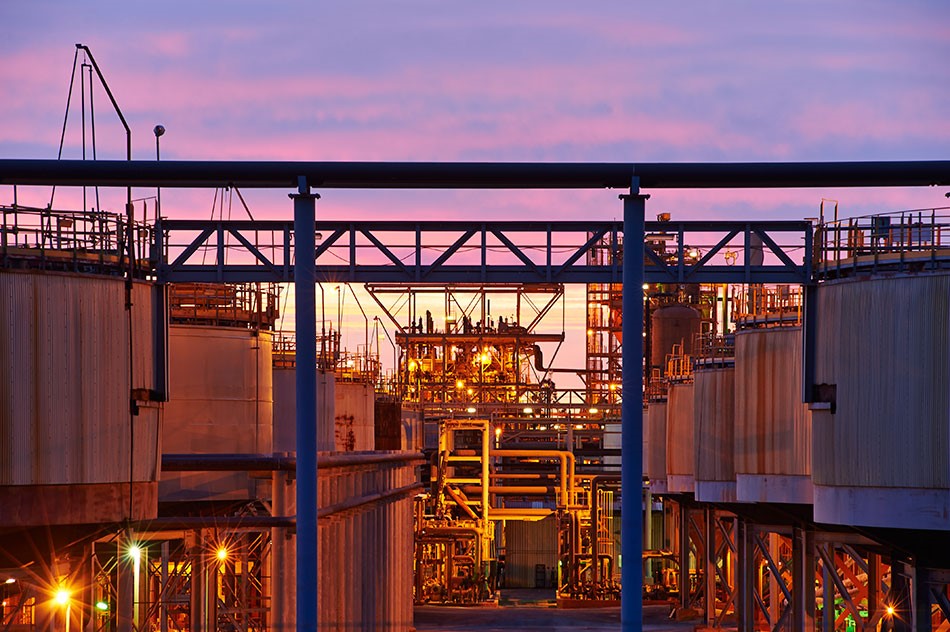Alcoa details decarbonise plans for alumina refining; $2-5 billion investment by all Australian refineries will cut 70% emissions
Alcoa Corporation has laid out a detailed plan of leveraging renewable energy to refine alumina in an attempt to cut 70 per cent of carbon emissions. Among Australia’s emissions-intensive exports, alumina and aluminium are the highest at risk for carbon border tariffs that the European Union is set to announce in July, said think tank the Australia Institute.

Alcoa official Ray Chatfield told in a conference in the city of Perth that it would take to around 2030 or so for getting the technology ready to roll out.
The Australian government has already issued grants to help decarbonise the alumina refining process, which in 2019 accounted for more than 14 million tonnes of carbon dioxide emissions, showed government agency data.
Refineries will install a process that will replace the natural gas used to generate high-pressure steam with compressors that would capture waste vapour to generate heat. These compressors will be powered by renewable energy supplied from a power grid.
The adaption of this new process will require a significant investment of $2 billion to $5 billion by Australian refineries, added Chatfield.
About 1200 MW of new renewable power is required to fully implement the mechanical vapour recompression (MVR) process at Australia’s six alumina refineries, three run by Alcoa, two by Rio Tinto, and one by South32, Chatfield said.
In May, Alcoa received a government grant to test the technology at scale at its Wagerup refinery in Western Australia by the end of 2023.
This news is also available on our App 'AlCircle News' Android | iOS
























